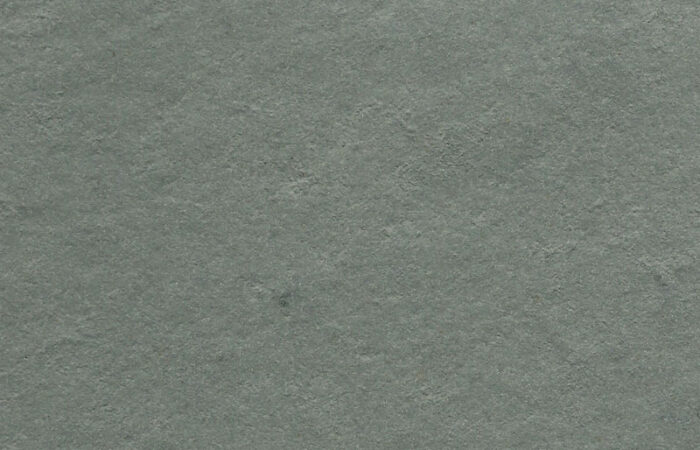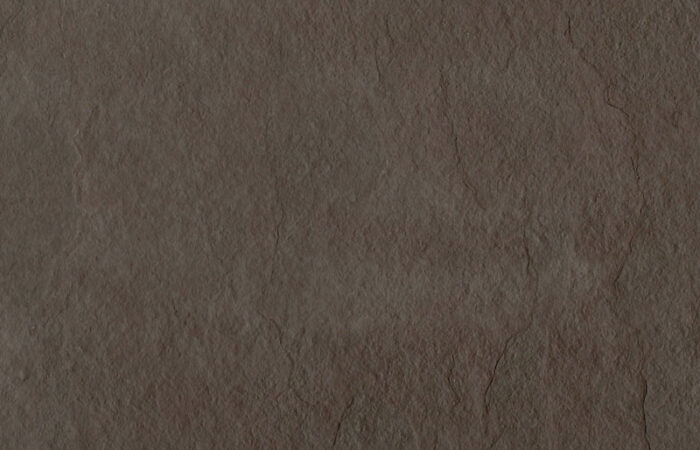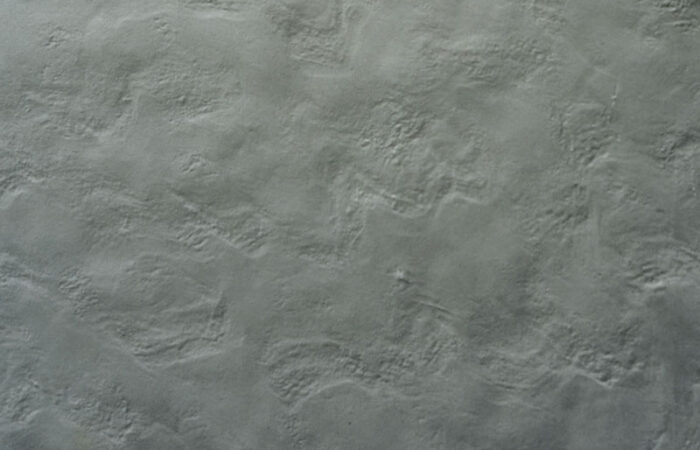Colored Slate
A UNIQUE, VERSATILE MATERIAL WITH AN INFINITE VARIETY OF USES
THE COLORED SLATE USED IN ARCHITECTURE
From Fontanabuona, the valley that runs the length of the Lavagna creek from the inland area around Chiavari, and from the Scoffera pass down to Carasco, along the 225 Valfontanabuona provincial highway, slate crossed its natural boundaries as a high quality ornamental stone and went on to be used first in the Renaissance palaces of Ligurian noblemen, then over the last century to become part of high-level, European architectural discourse, achieving worldwide status nowadays.
The applications of the colored slate in both architecture and the construction industry are now well known, ranging from flooring to cladding, and from furnishing to roofing.
Over the centuries, slate has featured in many settings, both indoors and outdoors, being used for furnishing items and as an essential component of typical urban landscapes. As well as being functional, slate is also an extremely decorative, easy-to-work material, with a distinctive colour and compactness that have made historic city centres famous not only in Liguria, but also in Europe and beyond, such as Paris, Normandy, Savoy, Wales, Belgium, Saarland and Bavaria, as well as, more recently, in areas like Virginia and Pennsylvania. Today, slate as an earth-produced, therefore natural and particularly attractive, covering material, contrasts with all those artificial artefacts, that come from the fusion of several elements treated at high temperatures or shaped by a moulding process.
In fact, colored slate has always been present to a greater or lesser degree in architecture, both on a small-scale or for large-scale projects. Portofino and Camogli serve as examples in support of this, especially the latter, with its high-density, longitudinally planned palatial buildings overlooking the sea; there are buildings that are ten storeys high, but create a tableau of unquestionable beauty, in which slate plays its part, as a decorative roofing element, its beautiful colour fitting in with the landscape. Not to mention the historic centre of Genoa where there are buildings entirely clad with slate. The same could be said of the villages in the Cinque Terre area of La Spezia, of the Castles of the Loire Valley and the Asturias, where slate is used on a massive scale, its beautiful colour, blending into green as a result of its ability to reflect light and absorb the colour of the surrounding countryside.
The colour properties of slate can be seen through aerial views of urban and rural landscapes where nature has the upper hand and slate fits in with ease and composure, and wherethe play of light creates a myriad of unique effects.
In conclusion, slate is a natural stone that has been quarried for centuries in Fontanabuona, to beprocessed and used not only in Liguria and the rest of Italy, but worldwide. Born from the craftsmanship of the Fontanabuona farmer-quarryman,stemming fromcenturies-old experience and tradition, and with the technical and technological support of experts, today’s modern slate industry has the potentialto aim at new objectives, at new prospects for the use of such a simple yet noble stone, to find solutionsto formal issues and construction problems inmanmade architecture.


